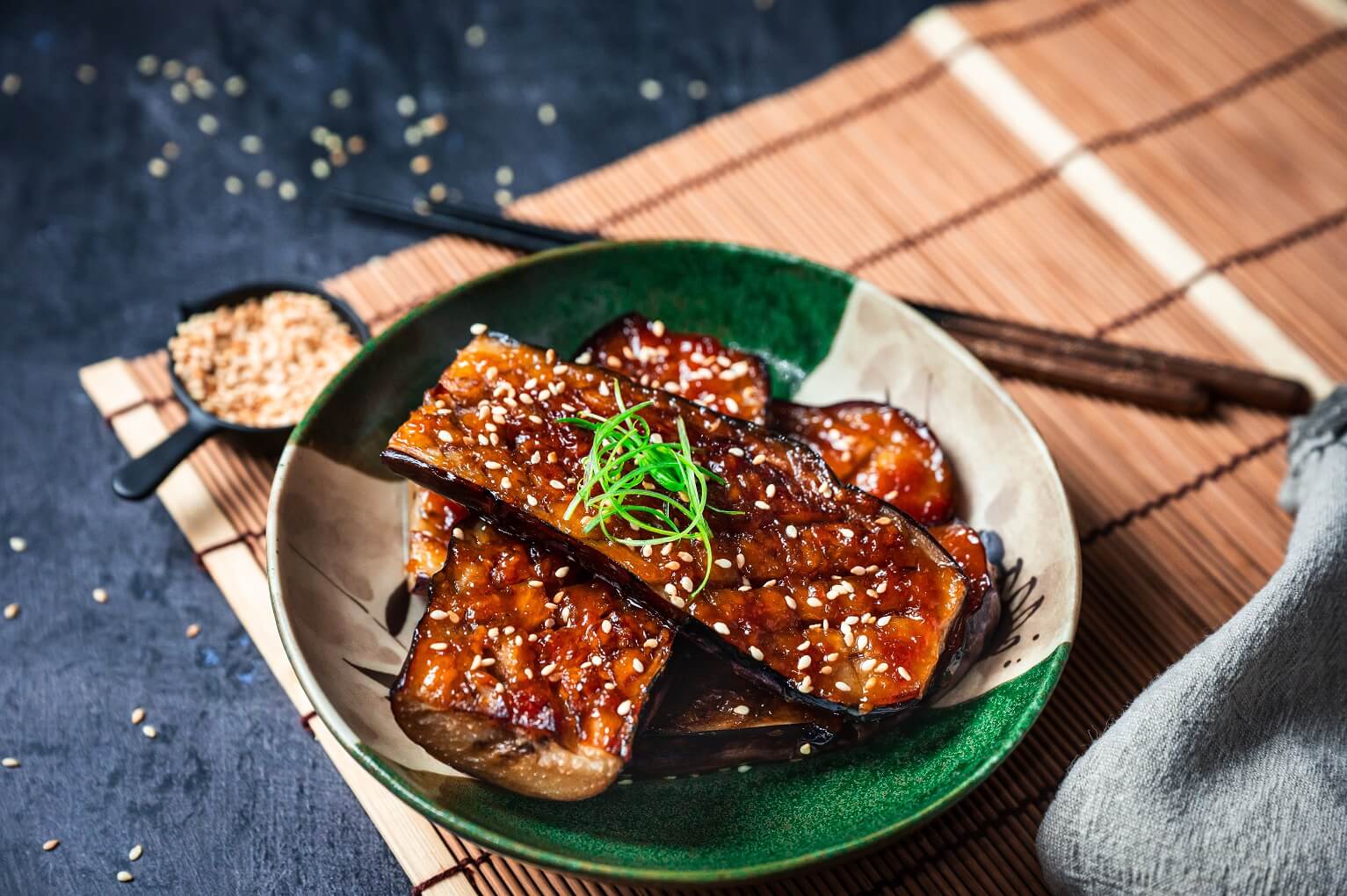
What kind of taste is umami?
Umami is one of the five basic tastes alongside sweet, salty, sour, and bitter. Umami was discovered and named in 1908 by the Japanese chemist Kikunae Ikeda and is often described as a savory, meaty, or broth-like taste. The term "Umami" is composed of the Japanese words "umai" meaning delicious and "mi" meaning taste.
What is the basis of umami?
The perception of umami is typically triggered by certain amino acids, particularly glutamate and inosinate. These compounds naturally occur in various foods:
- Glutamate: Glutamate is a naturally occurring amino acid found in foods such as meat, fish, vegetables like tomatoes and mushrooms, as well as fermented products like soy sauce and miso. Monosodium glutamate (MSG) is a common food additive that intensifies the umami flavor.
- Inosinate: Inosinate is another amino acid that contributes to the umami taste. It is commonly found in meat, especially in cured and aged meat. Inosinate acts synergistically with glutamate, meaning the combination of both enhances the umami experience.
- Nucleotides: In addition to glutamate and inosinate, certain nucleotides such as guanosine monophosphate (GMP) can also contribute to the umami taste. Foods rich in nucleotides include fish, meat, and some vegetables.
What has umami?
- Many foods naturally contain umami compounds and are therefore staple foods in cuisines where this flavor profile is prominent. Examples include seaweed, soy sauce, miso paste, Parmesan cheese, anchovies, and dashi (a Japanese broth made from fish and seaweed).

What do you do with umami in the kitchen?
- Umami is often regarded as a taste that complements and balances other flavors, giving a dish depth and richness. Umami is especially highlighted in Asian cuisine, particularly in Japanese and Chinese cooking. There, it plays a central role in achieving a harmonious flavor profile.
If you understand and appreciate umami, you can enhance your culinary experiences and create more complex and satisfying dishes. By incorporating umami-rich ingredients and combining them with other flavors, the overall taste of your dishes becomes more complex.
Our products with Umami:



